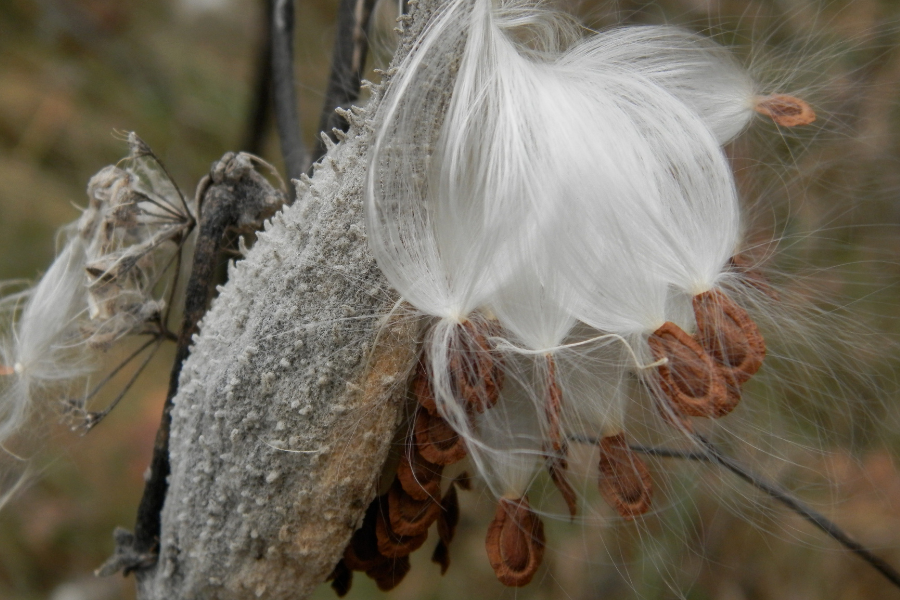Hatha? Vinyasa? What’s the Difference?
- zokawamuncie
- May 28, 2023
- 3 min read
There are so many kinds of yoga these days that it can be quite confusing to know what the terms mean and what to expect when you are looking for a yoga class to attend. Even within the yoga community, terms are used loosely.
In this post, you will learn the history of the terms “Hatha” and “Vinyasa” and how these differences are defined at Zokawa. Keep in mind that other studios will likely use the terms more loosely than we do at Zokawa, so when you read descriptions of classes at other studios, the strict definitions of “Hatha” and “Vinyasa” used at Zokawa are likely not used as strictly by others.
Hatha
In Sanskrit, the word “hatha” means “a discipline of force”, implying the effort to make and maintain the physical poses. This “discipline of force” is designed to align the body for the full benefits of deep meditation.

Originally, the physical component of yoga was referred to as “Hatha”. When yoga first came to the West from its roots in India, it was Hatha Yoga; there were no other names for the physical practice of yoga.
The physical practice of yoga was originally a collection of poses and then, once attained, breath was used to 1) go deeper into the pose, and 2) maintain, or hold the pose for longer periods of time. This is still the strict definition of Hatha.
Vinyasa
The term “Vinyasa” came along when Krishnamacharya, a master yogi and teacher, coined the term in the early 20th Century. In Sanskrit, the word “vinyasa” means “to place in a special way”, referring to the act of linking between the poses. Therefore, the “flow” from one pose to the next impli
es that the transition between two poses is just as important as each pose.
Breath is used to maintain poses for duration in a Vinyasa class just as it is in a Hatha class; the difference is that there is more focus on the breath during the transition in Vinyasa.
Krishnamacharya explained that the primary teachings of vinyasa include:
1) each of part of any activity has a specific phase, and each phase has its own lessons to learn, and
2) each phase is dependent on the work of the previous phase.
This is the key to the “flow” sensation of a Vinyasa Yoga class: that each new pose happens because of the movement that happens as you finish the previous pose.
Vinyasa teachers work on the premise that students already have a basic knowledge of :
1) the names of the most common poses
2) how to do the poses
3) how their own bodies create the shapes of those poses.
It is during the holding, or maintaining, of a pose that Vinyasa teachers may offer cues related to the foundation or alignment of a pose.
In other words, a Vinyasa teacher will provide breathing ques to students during the movement involved in getting out of one pose and getting into the next pose whereas a Hatha teacher may not.
A Hatha teacher generally uses more ques to describe the placement and body alignment. Once the pose is attained, the teacher will draw attention to the breath.
In a Vinyasa class, each part of every movement is generated by an inhale or an exhale. And once the pose is attained, teachers continue to guide students in breath while holding the pose. The flow from inhale to exhale and rebounding immediately to the next inhale continues throughout the entire class. As a result, less emphasis is placed on how to get into or out of a pose, and less teacher-talk is centered on the mechanics of a pose. For this reason, a Vinyasa Yoga class is not recommended for true beginners of yoga.
Vinyasa at Zokawa
“Slow Flow” refers to slower and more basic poses.
“Vinyasa” refers to more challenging poses being included in the sequences.
Note that “Slow Flow” and “Vinyasa” are both Vinyasa classes that will increase both strength and flexibility and can be demanding on the body.
“Powerful Flow” refers to a more intense physical workout that will challenge both the body and the mind. Expect to get a cardiovascular workout in a Powerful Flow class.
Hatha at Zokawa
“Hatha” classes are designed to build toward a “peak pose”. Various stretches and poses are taught with anatomical explanations of how the muscles work and how to manipulate the muscles to develop strength while also discovering ease in the body.
Hatha classes at Zokawa serve as a great foundational practice to get the most out of your Vinayasa classes, no matter where you practice yoga (at Zokawa, at home with videos or even at other yoga studios).

In a Nutshell:
Hatha places more focus on alignment and foundation of each pose, using the breath to attain the optimal expression of the pose.
Vinyasa places equal focus on the movement between the poses and the poses themselves; breath is used to optimize both the movement and the sustainability of the pose.






Comments